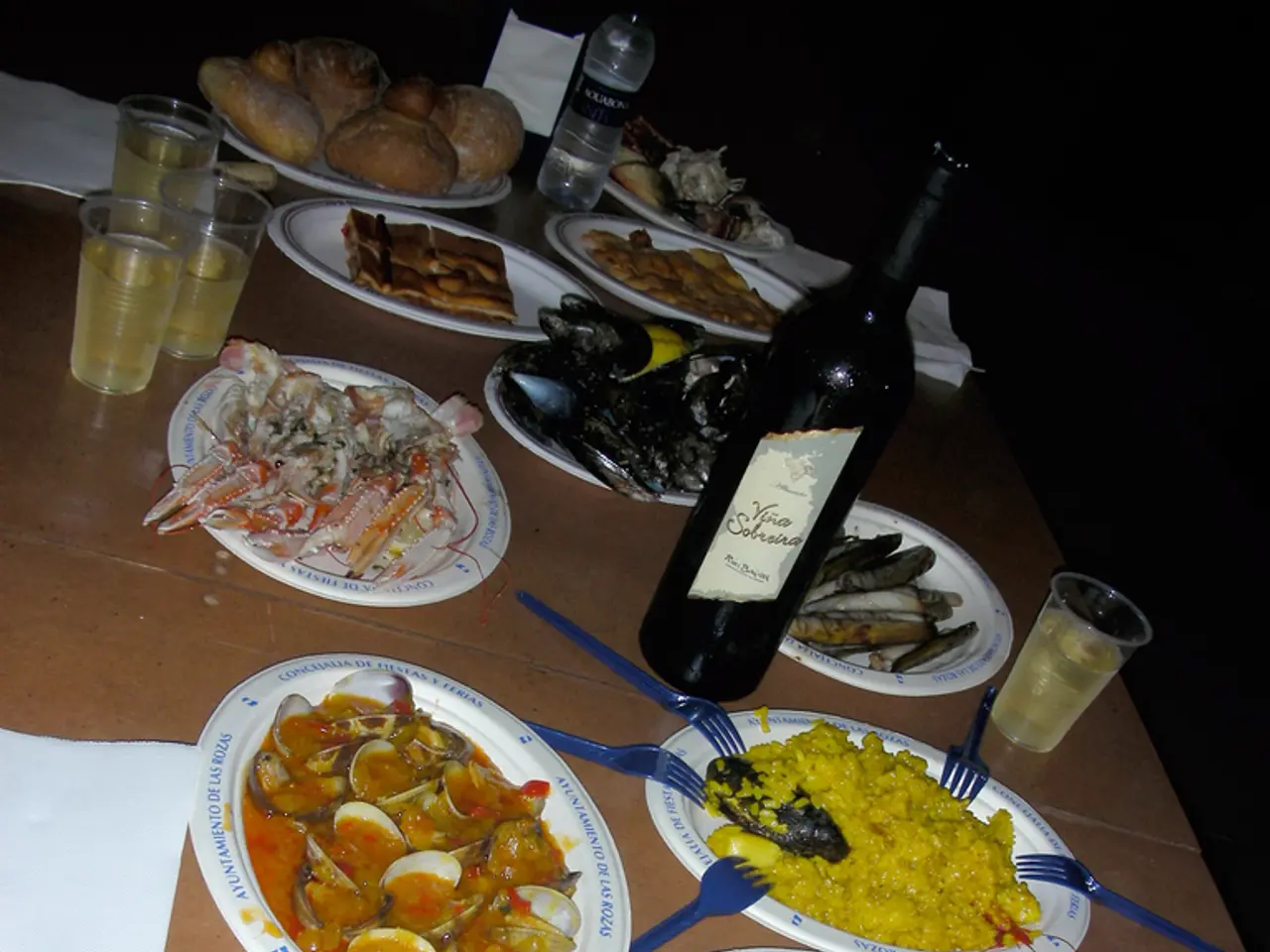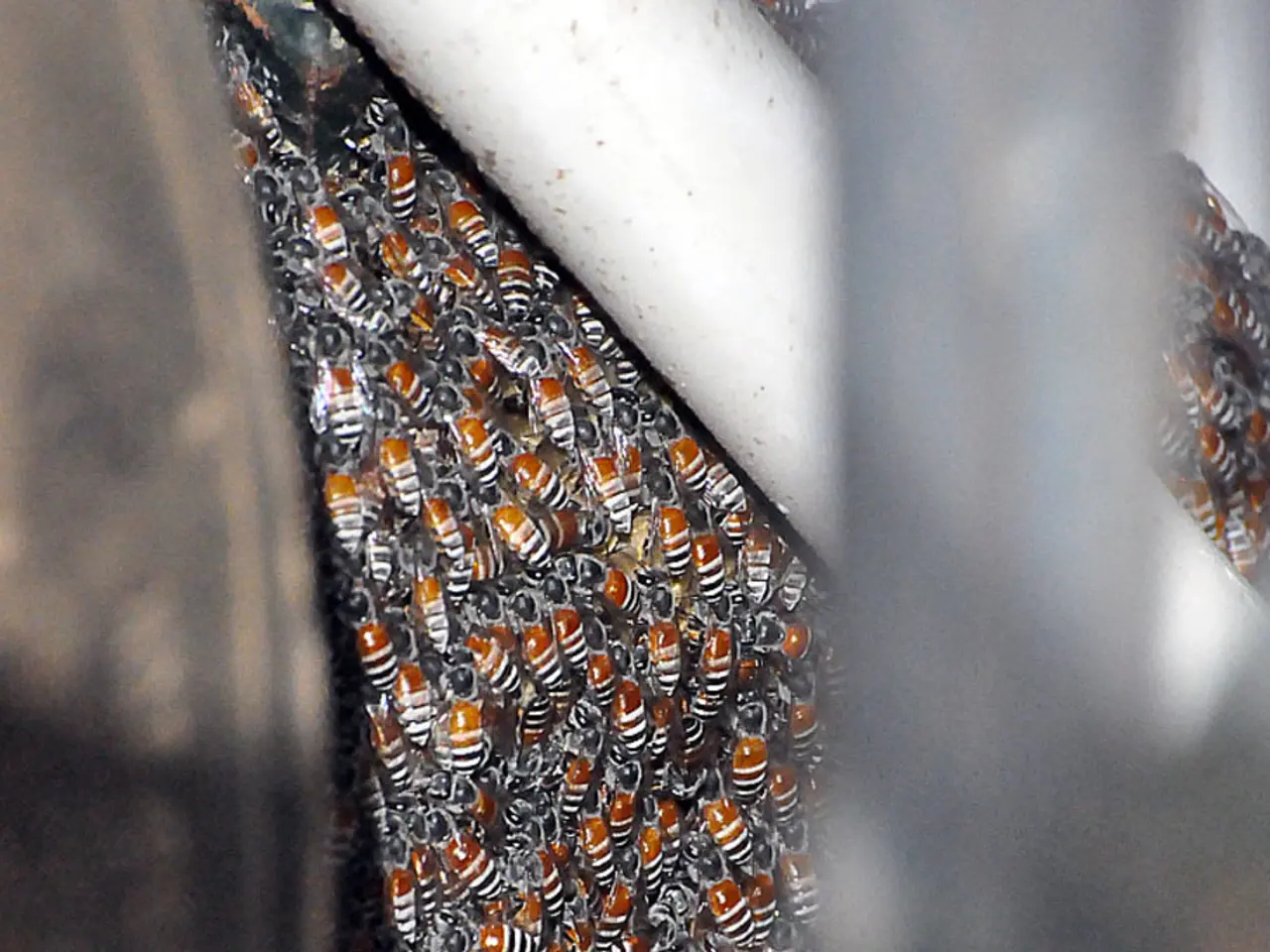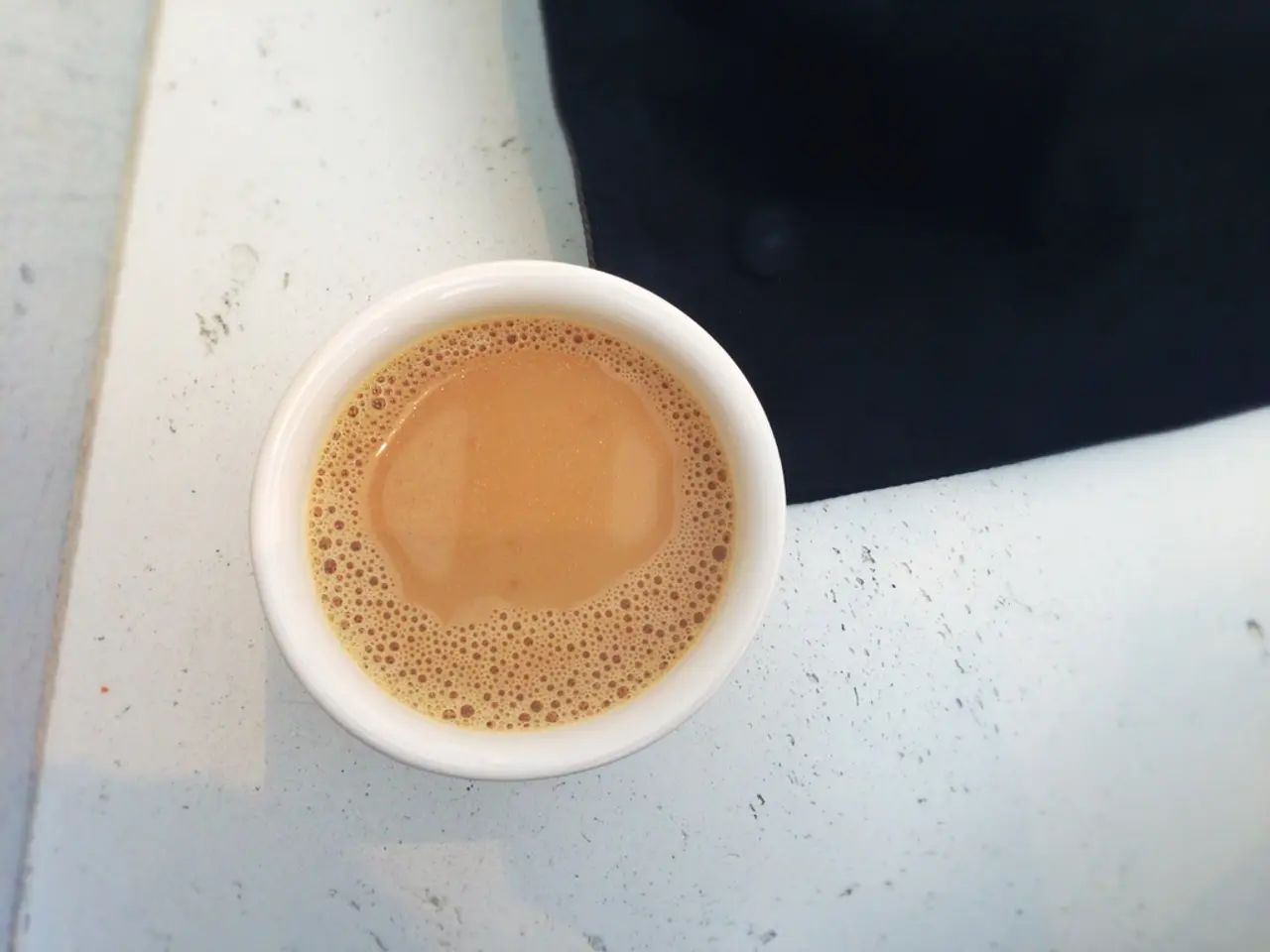Unusual remedies of the Middle Ages: Exploring nine bizarre medieval medicines, including snail preparations and blood concoctions.
In the realm of medieval medicine, a world often dismissed as primitive, an intriguing array of unusual remedies emerged—some surprisingly effective, others relying more on superstition or outdated theory. Many treatments blended herbal and folk knowledge, sometimes with a basis in observable results, even if the underlying science was lacking.
## Notable Remedies and Their Ingredients
From peach pit salves to lizard shampoo, these peculiar concoctions were used to treat a variety of ailments. Let's delve into some of the most intriguing remedies and their key ingredients.
### Peach Pit Salves
Commonly used for skin ailments and wounds, peach pit salves were made from the kernels of peach pits. These salves may contain amygdalin, which can convert to benzaldehyde—an antiseptic and anti-inflammatory compound used in modern antiseptics. However, the toxicity risk associated with amygdalin makes such remedies potentially dangerous.
### Lizard Shampoo
Lizards, the key ingredient in lizard shampoo, have no known medicinal benefits. It is likely that the use of lizards was symbolic or superstitious rather than medicinal.
### Rose Oil
Rose oil, used for skin conditions and detoxification, boasts mild anti-inflammatory, antiseptic, and soothing properties.
### Theriac
Theriac, a concoction used for snake bites and general illnesses, contained over 60 ingredients, including herbs, spices, and other substances. While the exact properties of each blend varied, some may have included antibacterial and anti-inflammatory compounds.
### Blanc Mange (Blanc Mangier)
Blanc Mange, a nutritious dish made from chicken, almonds, rice, and sugar, was used for general digestion and humoral imbalance. The psychological comfort provided by this dish likely played a significant role in its healing properties.
### Hot herb baths
Hot herb baths, used to treat humoral imbalance and bladder stones, contained various herbs like mallow and violets. These herbs possess some diuretic and soothing effects, and heat promotes relaxation and circulation.
### Fox Bath
The fox bath, used to treat paralysis, involved boiling a fox and bathing in the resulting liquid. This practice had no medicinal value and was purely superstitious.
### Bloodletting/Leeches
Bloodletting, or the use of leeches, was a common practice in medieval times. While leeches do secrete anticoagulants, indiscriminate bloodletting is harmful and can lead to anaemia.
### Poppy (Islamic Medicine)
In Islamic medicine, opium poppy was used for pain relief, insomnia, and fevers. The poppy contains morphine and codeine, potent pain relief and sedation agents, but with significant risks of overdose and addiction.
### Hemp (Islamic Medicine)
Hemp seeds and juice were used in Islamic medicine for earaches and urinary issues. Hemp may have mild analgesic and anti-inflammatory effects, but evidence for specific uses is limited.
## Properties of Ingredients
- Herbs (e.g., aloe vera, mallow, violets): Many contain anti-inflammatory, antiseptic, or soothing compounds, though efficacy and dosage were poorly understood. - Almonds and Chicken: Provide protein and nutrients, supporting recovery through improved nutrition, not direct pharmacological action. - Poppy: Contains opioids effective for pain relief and sedation, though with significant risks of overdose and addiction. - Leeches: Secrete hirudin, an anticoagulant, which can be beneficial in modern microsurgery but was overused in medieval times. - Peach Pits: Amygdalin can break down into benzaldehyde (used in modern antiseptics) and cyanide (toxic), making such remedies risky. - Lizards, Foxes: No known medicinal properties; use likely symbolic or superstitious.
## Effectiveness and Limitations
Some medieval remedies, especially those using herbs and nutrition, occasionally provided relief or aided recovery, likely due to the placebo effect, general supportive care, or coincidental anti-inflammatory properties. However, many treatments had no scientific basis, and success was often a matter of luck rather than understanding. Superstition and the humor theory led to practices like bloodletting and animal-based rituals, which were ineffective or harmful.
Islamic medicine systematised and expanded herbal knowledge, using plants like poppy and hemp with more documented (though still risky) efficacy for pain and insomnia, reflecting a more advanced pharmacological approach.
## Conclusion
Medieval medicine combined genuine curiosity, observation, and experimentation with prevalent superstition. Some unusual remedies—like herbal salves, nutritious foods, and opium-based pain relief—had real, if limited, benefits, while others were purely symbolic or harmful. The properties of their ingredients range from mildly therapeutic to dangerously toxic, and their effectiveness was often a mix of tradition, trial and error, and coincidence.
Science plays a role in medieval remedies, as some ingredients were found to have antiseptic, anti-inflammatory, or soothing properties, such as rose oil and certain herbs like aloe vera, mallow, and violets. However, the medical-conditions treatment based on lizards, found in lizard shampoo, had no known medicinal benefits and was likely used for superstitious reasons. Health-and-wellness practices, like hot herb baths, provided relief through diuretic and soothing effects, though the underlying science was not fully understood.




